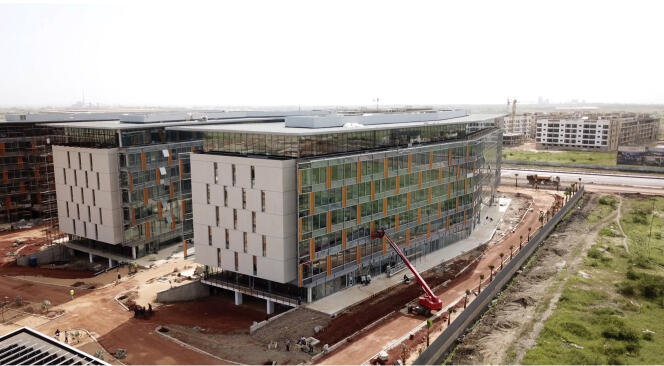Diamniadio and now Akon City in Senegal, Konza Technopolis in Kenya, Sèmè City in Benin… Numerous new city projects and projects were launched in Africa during the 2010s. Researcher at the Sub-Saharan Africa center of the French Institute of International Relations and author of the study “New towns, political towns. Diversification of actors and recentralization of state power in the case of Diamniadio” published in January, Sina Schlimmer returns to these urban utopias often presented as a solution to the anarchic development of the continent’s cities.
New city projects are multiplying in Africa. Why this craze?
In reality, these are rarely cities created ex nihilo as the speeches suggest. On the land allocated to Diamniadio, Eko Atlantic City in Nigeria or Konza Technopolis, there was already urban life, sometimes informal, or agricultural life. New towns are more of a label that we attach to urban redevelopment projects. They are used as showcases to tell investors that we can create socio-economic lungs integrated into the international economy, far from the images often associated with large African cities, such as pollution, traffic jams and poverty. The private sector is also very present, through consulting firms or Turkish, Chinese and European construction companies, associated with governments sometimes by forming public-private partnerships.
These cities are always political projects, and they are presented as having to serve a cause and fulfill specific functions. For example, Diamniadio was supposed to relieve congestion in Dakar and provide social housing. In Konza City, the emphasis was placed on technologies and the promise of seeing new economic sectors flourish.
Are there any completed projects?
We often observe very significant gaps between the plans on paper and reality. For example, Diamniadio has become a city primarily for events, with a large sports stadium, a conference center, and a hotel for airlines. Fifteen years after the launch of the project, the objective of welcoming Dakar residents in need of housing has not been achieved. In Nigeria, in the Eko Atlantic City district, buildings have been built and are partially inhabited, but it takes time. Appropriation by the target population is low because the housing and services built are often not financially accessible to an urban majority living below the poverty line.
You have 27.43% of this article left to read. The rest is reserved for subscribers.
